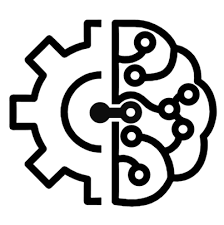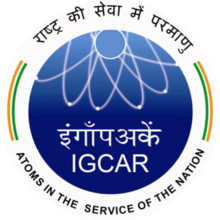Running Projects:
Compute on Demand in 6G Network
Funded by: Ericsson Research
In this project, we shall investigate the research issues of Compute on Demand (COD) in a 6G Network. This will include but not be limited to the following: dynamic composability of resources to support COD to host services, storage and management of the data involved in COD, and dynamic observability for estimation and utilization of the COD resources.
mmMap: Indoor Multi-user Localization, Navigation, and Mapping using Millimeter Wave Sensing
Funded by: National Geospatial Programme, DST
Indoor navigation and mapping is an interesting problem as in indoor environments, standard GPS-based navigation fails. We propose a novel approach that combines millimeter-wave sensors with navigation algorithms to enable precise positioning and mapping within indoor environments. It can be used in large indoor venues like airports, shopping malls, hospitals, convention centers, or even GNSS-denied scenarios like within a coal mine, during calamities like an earthquake to help people and rescuers navigate complex spaces.
POWEAR: A Wearable Pollution Meter
Funded by: IIT Kharagpur AI4ICPS Innovation Hub
This project aims at developing a wearable pollution meter device that will be able to measure both the indoor and outdoor air pollution as a person moves around, and can accordingly help the person to judge the environment and decide the whereabouts.
AI-Assisted Distributed Collaborative Indoor Pollution Meters: A Case Study, Requirement Analysis, and Low-Cost Healthy Home Solution For Indian Slums
Funded by: Google Research (Google Award on Inclusion for Research on Societal Computing)
The objective of this project is to explore complex indoor pollution patterns for slum-households that are majorly affected due to poor air quality. Our primary focus would be to interact with the slum residents to understand the impact of indoor air pollution on their lifestyle and healthiness. Based on this analysis, we aim to come up with an AI-assisted low cost device that can sense the complex indoor air dynamics, recognize the pollution sources, understand its impact on the occupants health and daily lifestyles, and then recommend taking proper measures.
Internet of Blockchains (IoBC): Towards Standardizing Interconnecting Architecture for Siloed Blockchain Applications
Funded by: SERB, Govt. of India
This project aims at developing an interoperability standard, called Internet of Blockchains (IoBC) for cross-chain asset and data transfer among multiple permissioned (private) blockchain platforms, inclusive of both permissioned and permissionless blockchain interfaces.
Design and Development of a Sustainable Video Streaming Framework over Low and Very Low Bandwidth Networks (Jointly with IIIT Delhi)
Funded by: SERB, Govt. of India
This project aims at exploring HTTP/3 and QUIC for mobile video streaming. We plan to develop solutions that can successfully sustain video streaming over low bandwidth networks. The solution will help a QUIC sender to differentiate the connection failures caused by middleboxes vs network congestion.
Detecting Behavioral Health Disorders of Older Adults using Self-supervised Learning and Casual Reasoning (US-India Collaborative Project with IIT Jodhpur and UMBC, ISI Kolkata
Funded by: IDEAS-Institute of Data Engineering, Analytics and Science Foundation, Technology Innovation Hub, ISI Kolkata
In this project, we aim to develop a self-supervised learning model for detecting behavioral and functional health disorders of older adults from their daily activity patterns. Our objective to use minimal sensing modalities to detect such a behavior, so that the end device become cost-effective and usable for a larger community.
Development of Algorithms and Tools for Log Analytics and Vulnerability Assessment
Funded by: Indira Gandhi Center for Atomic Research
This project aims to explore the system logs generated from an operating system to understand various vulnerabilities by employing machine learning techniques. We look into both the application and the network-generated logs from various ubiquitous systems. This project is funded for a duration of 4 years (2020 - 2024).








